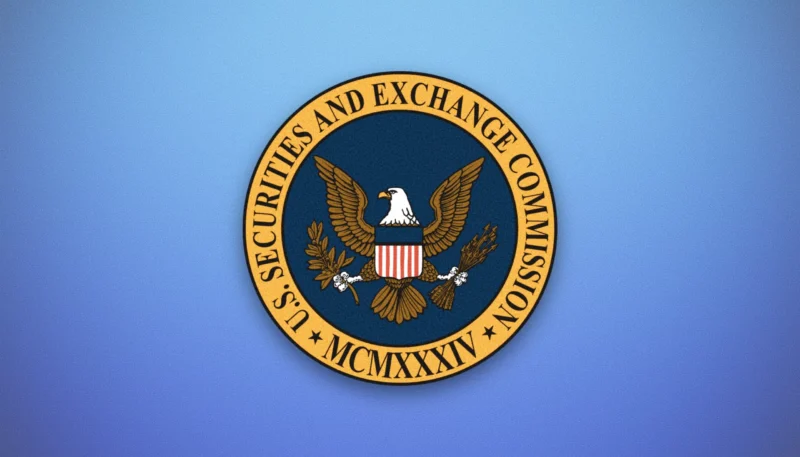Previously, I discussed the impact that the proposed “bad actor” rule will have on angel financings and offerings of interests in private investment funds. By prohibiting the use of Rule 506 of Regulation D in connection with any offering that is associated with or promoted by a person who has committed certain enumerated bad acts, the rule will effectively impose a due diligence requirement on issuers requiring them to ensure that anyone associated with the issuer (i.e., directors, officers, greater than 10% shareholders) and any promoters of the offering have not engaged in prior misconduct. In the event that the issuer later turns out to be associated with one of these bad actors, the issuer would lose its private placement exemption and could be liable for selling an unregistered security unless it could establish that it did not know, and in the exercise of reasonable care could not have known, that the disqualification existed. This requirement, I believe, will impose additional costs on startups and private funds. It seems that the Angel Capital Association (ACA), in a recent letter to the SEC, has taken the same view.
In the letter, the ACA makes some interesting arguments. The ACA argues that the “bad actor” disqualification should be handled similarly to the way that qualification under the accredited investor standard is handled. Private placements under Rule 506 are required to be offered exclusively to accredited investors[1], who are investors who meet certain net worth or annual income requirements. Typically, an investor’s qualification under the accredited investor standard is verified by asking the investor directly. Each investor in a Reg. D offerings are required to fill out a questionnaire that asks the investor to represent that he or she meets the qualifications of an accredited investor. What happens if the investor lies and is later found out not to be accredited? Rule 506 provides that as long as the issuer had a “reasonable belief” that the investor is accredited, then there is no violation.
Later in its letter, the ACA points out this is very different from the standard imposed on issuers in the bad actor rule, as currently proposed. In the bad actor rule, if a person associated with the offering later turns out to be disqualified, the issuer must show that it did not know of and, in the exercise of reasonable care, it could not have known of the disqualification. While showing a “reasonable belief” of a fact doesn’t sound all that different from showing that “in the exercise of reasonable care it could not have known” of a fact, there is nonetheless a huge difference: the new bad actor rule would require the issuer to prove a negative, which is notoriously difficult. To show a “reasonable basis,” an issuer merely needs to produce the documents that they based their determination (in this case, an investor questionnaire). In contrast, it’s difficult to say exactly what an issuer would need to produce to show that “in the exercise of reasonable care, it could not have known” that one of their affiliates had committed a bad act. This is because it would always be possible, in retrospect, to second-guess the issuer and point out one more thing that the issuer could have done to discover a record of the bad act. Therefore, as it is written now, the proposed bad actor rule is nebulous enough to compel issuers to perform extensive background checks to fulfill their due diligence duties.
The ACA has proposed that the issuer’s obligation under the bad actor rule be revised to ask one simple question: “Does the issuer reasonably believe that no persons involved in the offering are ‘bad actors?'” To establish this reasonable basis, the ACA has proposed that the issuer require that all persons involved in the offering be required to fill out a questionnaire that asks them if they have engaged in any of the specified bad acts. The ACA provided an example of what such a questionnaire would look like with their letter. The ACA’s proposal would, in effect, eliminate from the proposed rule any requirement for issuers to run background checks on persons affiliated with them.
Personally, I agree with the ACA’s proposal. Most issuers I see that use Rule 506 tend to be small and have limited resources. The bad actor rule, as it is written today, will only increase regulatory burdens on these small and often times struggling organizations. Do I believe the SEC will accept the ACA’s recommendations and change the proposed rule before its final adoption? Probably not. I think even now, years after the Wall Street collapse of 2008, the trajectory in most regulators’ thinking still seems to be in the direction of adding more investor protections rather than easing the regulatory burdens of small companies, despite the fact that Rule 506 offerings had absolutely no role in the events of 2008. Perhaps a few more years of 9% unemployment will change this thinking, but for now, I think it’s here to stay.
Footnotes
[1] It is possible for a Rule 506 offering to include non-accredited investors. However, in order to do this, the issuer would have to prepare offering documents that meet many of the same standards as those that are prepared in registered offerings, thus defeating the purpose of conducting an unregistered offering.
———————————–
This article is for general information only. The information presented should not be construed to be formal legal advice nor the formation of a lawyer/client relationship.




